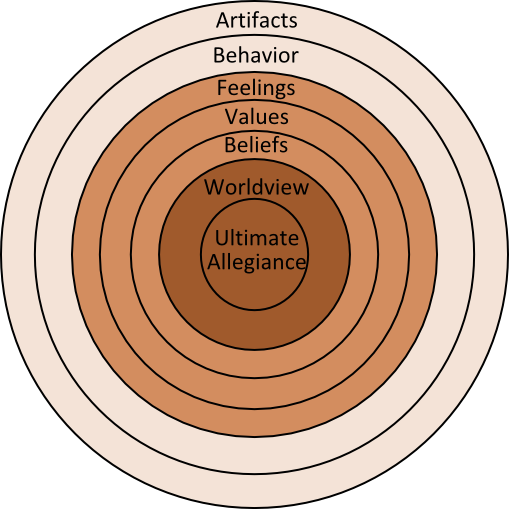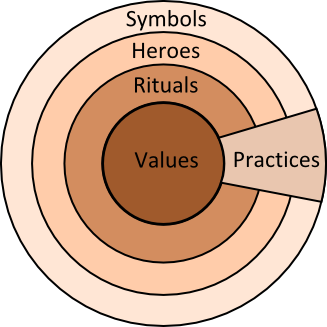One of my constant frustrations is that I have grand aspirations to learn more about Afghan culture, but I lack the language to make much progress. It’s like trying to download a huge file with a poor internet connection—it might get done eventually, but it’s nonetheless frustrating.
One of the ways that we can get in some culture learning without the language barrier is by reading translated stories. (Properly, the language barrier is still there, it’s just being dealt with by the translator.) If you’re a reader, this might be a fun way to pick up on some broader cultural themes. Here are some ideas to get you started.
- Op Mercy has published stories in English, such as Grandpa’s Stories, Historical Legends of Afghanistan, Memoirs of an Afghan Village, and Treasures of the East. (Of course, you can get these books in Dari as well.)
- Amazon has many Persian short story collections in Kindle form
- Encyclopaedea Iranica has an article about moden Persian literature in English translation
- Project Gutenberg has free translations of classical Persian literature (see especially The Persian Literature)
- Orhan Pamuk is a Nobel Prize winning Turkish author
- Khaled Hosseini is an Afghan-American author of popular books about Afghanistan (though this is not without controversy)
I’ve included a variety of suggestions in the list above, including suggestions of Iranian and Turkish authors. None should be accepted uncritically as authorities on Afghan culture. Some non-Afghan pieces might give you insights into ideas in the broader Islamic world that are applicable to the situation in Afghanistan. (I thought that Orhan Pamuk’s novel Snow gave me greater insight into Afghan culture than anything that Khaled Hosseini has written, for instance.)
It might be profitable to consider questions like these, perhaps in a group discussion.
- Which of the characters’ actions would seem reasonable or unreasonable, from an Afghan perspective?
- What values or ideas does the author take for granted about the culture?
- What in the book reminds you of Afghan culture?
- Who is the intended audience? Are the stories produced for fellow countrymen (as would certainly be the case for Iranian literature), or for another audience? (as with Khaled Hosseini’s books, which are transparently written for an American audience)
- Does the author have an ax to grind? Does that reflect on a broader issue?
- Does the literature reflect concerns internal to the culture, or does it deal with people who engage more broadly with world culture?
- What segment of Afghan society might reflect the ideas presented in the literature? (urban/rural, educated/uneducated, Western-/Islamic-/Communist-outlook)
Happy reading. Be sure to recommend any good books to a friend!

